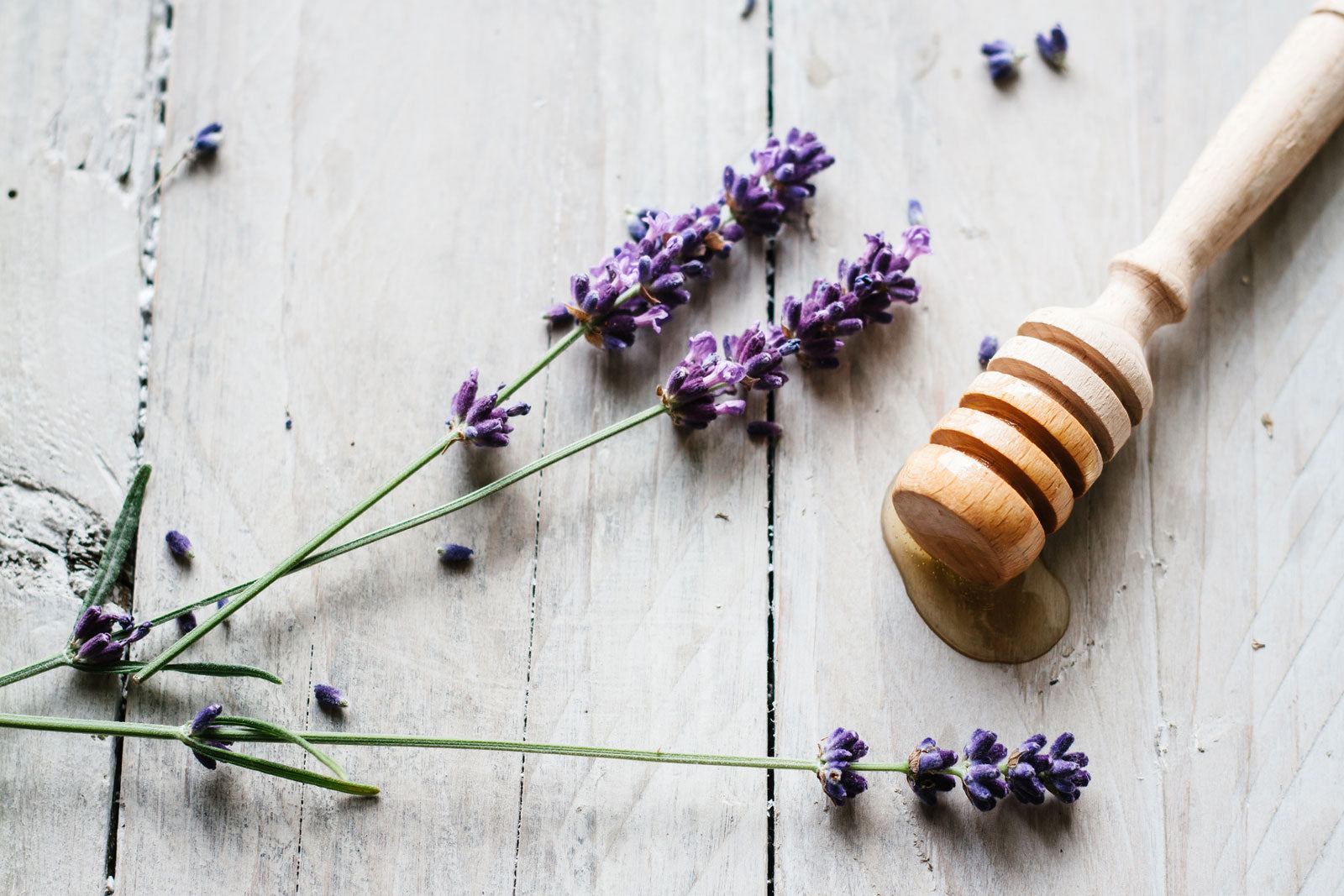News
MEDITATION...THE WHY AND HOW
Meditation may be one of the most misunderstood of all mind-body practices. Now, having written that, I’m going to try to explain it and in the process make it a little more accessible.
If being a child of the 60’s is a qualification, I’m very qualified. It was a time of exploration. I was in the Army for part of that time, searching for answers to questions we couldn’t even articulate. After I was discharged I moved to Southern California where it was happening. I took the opportunity the times provided to study Buddhism, Taoism, Hinduism, Kabbalah, shamanism. You name it. I learned Yoga. And along the way i learned to meditate. I’d like to say I was a conscientious meditator but it was something I did on an occasional basis. And ultimately I stopped. Kids, a practice, a mortgage. You know.
One of my all-time favorite mentors was the late David Viscott, MD. A brilliant psychiatrist in Los Angeles, he was a big proponent of meditation. That was about twenty years ago. Using some of his techniques I flirted with it again. And then stopped again..
It has remained something I always promised myself I would do again “someday.”
Someday happened about a year ago and I found myself on the floor of my closet one early morning (where I had been doing my Yoga stretches for years) and saying to myself: “Okay, Doc, you need to go back to meditating.”
Meditation is said to have a lot of benefits. It helps to bring clarity to the mind. It slows the pulse. Lowers blood pressure. Helps combat stress. It’s been said to rejuvenate chromosomes by restoring the little telomeres at the on ends of the chromosomes that are associated with youthfulness. The evidence for telomere length as a major player in the aging process has become so strong that researchers are looking to use telomeres as a biomarker for age-related diseases. People who are feeling stressed might be able to improve their telomere length and telomerase activity by meditating, possibly influencing gene expression and alleviating stress levels. There’s sine evidence that it can rebuild DNA
And there’s more.
It has recently been shown to assist in gene expression. Your fate is in the hands of your DNA, to be sure, but there hare many studies that have recently come out that report that even with the chromosome deck stacked against you, you can modify the expression of your genes by meditating. The field is new and is called “epigenetics.”
Dr. Dean Ornish, a respected researcher in medicine, has done some studies that indicate cancer risk may be reduced
Okay…there are a lot of good reasons to meditate. So how do you do it? With a 5,000 plus year history, meditation carries with it a whole long baggage train of misconceptions. You need to sit on the floor in the full lotus position. You need a turban. You need a mysterious mantra, a word or a phrase in Hindi, that only a guru can give you. You need to wreathe yourself in incense. You must have flute music or Tibetan gongs playing in the background.
No. No. Not at all. All of that’s fun, but it’s just not necessary. All you need is a quiet place where you can sit comfortably. A chair is okay. The floor of my closet is carpeted so that’s pretty comfortable. You can sit on a flat pillow if you want to. I cross my legs. No way am I going to get this horse-wrecked body into a full lotus position. It’s pretty quiet at 5:30 in the morning, before JoAnn is awake. When Sam the dawg was younger he would come into the closet and lay next to me. But he’s been gone for a while now so it’s just me.
Fair warning. There are just about as many styles types and schools of meditation as there are gurus What I do, what I’m writing about, is one style of meditation I find works for me.
SIDE NOTE: They say the Buddhist monks developed Yoga as a way to increase their body strength so they could maintain their meditating posture for hours. Sounds like a good idea.
I started out really simply, doing something called Mindful Breathing. Some call it mindfulness meditation
ANOTHER SIDE NOTE: Mindful Breathing is not Pranayama breathing. Pranayama has to do with tapping into the vital life force. There are several types of pranayama breathing. While I’m all in favor of tapping into any vital life force I can, all I’m doing here is concentrating on my breath. Mindfully. (If you’re interested, there’s a wonderful DVD that was made by Andrew Weil, MD, about eighteen years ago that is the clearest description of the types of breathing I have ever heard.)
I set the timer on my iPhone to five minutes, crossed my legs, and kept my back straight and my head looking forward. You can keep your eyes open or closed. Dealer’s choice. I closed my eyes, put my hands on my thighs with the palms facing up (seemed like a good thing to do as the statues of the Buddha show him with his palms facing up and his thumb touching his middle finger) and began to breathe. I resolved to be in the here and now. To feel the carpet, to listen to the silence. My plan was to breathe slowly, in through my nose, out through my mouth.
I started with the in and the out breaths the same length. Shortly after I began meditating I saw an article that says that prolonging the out breath longer than their breath is good for stress relief. So I do it that way now.
“They” tell you that you have to clear your mind when you meditate. Good luck. Telling yourself to clear your mind is the same thing as telling yourself not to think about your nose. What do you think about? Your nose. That’s all you think about.
So I’m all set. . I know why mediation is good. I have an idea about how to do it. I’m going to meditate and change my life. Here goes.
Enter the monkey mind.
The Buddhists talk about “the monkey mind,” They characterize the monkey mind as being “unsettled, restless, confused; indecisive.” The monkey mind is always lurking about, swinging from neuron to neuron in your brain, waiting for the time that you begin to meditate. The monkey mind is determined to make you think of the phone calls you have to make, the bills you have to pay, the tank of gas you need to get.
The solution to the monkey mind is to give him something to distract him. That something is making him watch your breaths. When he sends you a distracting thought, send him back to the breathing. You can even visualize it. It works.
There’s no “right way” to meditate. And I can’t tell you what will happen to you while you meditate. But I will say that when the timer goes off the first time you try it, it will surprise you. In a pleasant way.
The question of how often should you meditate comes up about as often as how long do you have to meditate before you see a result. The first question is easier to answer. I personally recommend you meditate every day. As with any habit, a little bit every day is much better than a long session once a week. It can be as short as five minutes. At this point I’ve settled on a 15 minute session once a day in the morning.
How long before you see an effect? The only honest answer is no one knows. Everyone is different. If it takes about 13 weeks of going to the gym and working out before you start to see an effect, that may becomes a workable time frame. Thirteen weeks? Gee, that seems like a long time. But here’s a flash. The 13 weeks will go by if you decide to sleep an extra 15 minutes every morning or if you decide to get up and meditate. Why not meditate?
I know of nothing else you can do that has the potential upside that meditation has. And is free. You don’t need special shoes, a helmet, workout gloves or a gym membership. With that kind of ROI how can you go wrong?
end
There’s a delightful little book (for those of you who like books about things like this) called START HERE NOW by Susan Piver. I recommend it.
Gotta go

